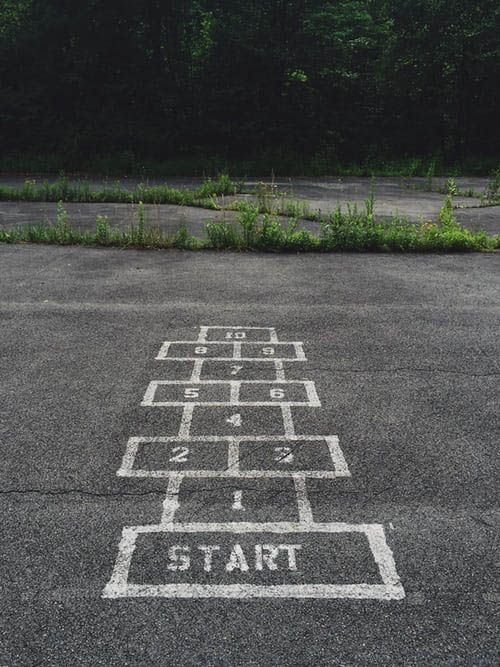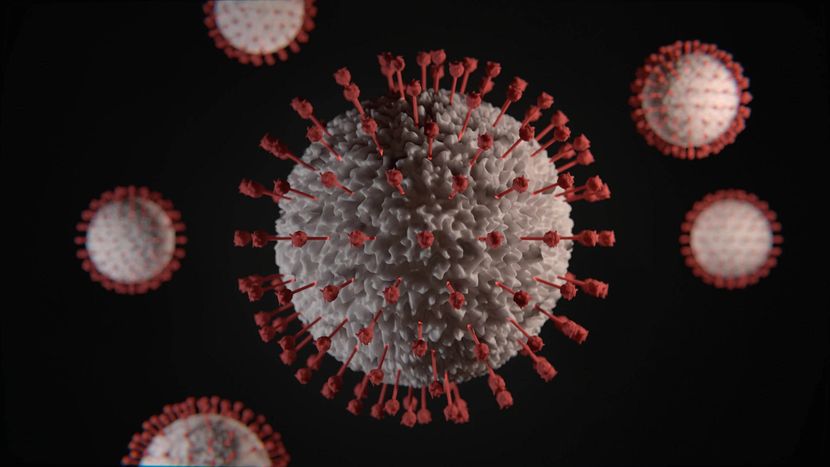Our plan needs to ensure that our community returns to work physically safe and healthy, emotionally stable and optimistic about a better future. Therefore, we need to plan to ensure that our children, our families and our staff can survive for four to six weeks at home. Plans need to first address three intricately connected domains of physical and safety needs, social and emotional needs, and cognitive needs. Today, we plan for physical and safety needs.
Our community already had unmet needs with food insecurity, high rent burdens and inadequate health care and insurance. How will our plan address those needs which are only growing? Our plan begins by looking not only at what we need, but at what we have.
In every community there are local, state and national resources for food. Many non-profit organizations are organizing their resources to support local food banks and working with local politicians and grocery stores. There are similar resources for housing. Is your organization working with the local Housing Authority? There are also resources for crisis care. While these resources may be strained – it is important for organizations to collaborate and communicate the available resources for our clients.
Does your organization have a dedicated individual, working with other organizations, to prepare a map and list of all social service distribution centers – updating this list weekly? This list can go out to all community partners on a weekly basis and to all clients through a text message. Email has not been as effective as texts, but it can be useful.
An important and significant part of our population experiences intimate partner violence. Our plans will need to focus on reaching this population and providing a safety net - including an escape.
Plan Task 1 Assign a team of individuals to map and list all resources in the community – requiring virtual meetings and weekly updates.
Plan Task 2 Ensure each organization has the software capability to text clients. (If not – include securing such capabilities in your recovery plan.)
Plan Task 3 Assign a team of individuals to craft multi-lingual messages for the clients. Such messages should be calming with updated resources and delivered weekly.
Plan Task 4 Update your website and Facebook page with calm messages and updated resources weekly. (If you have not developed either a web page or a Facebook page – do so. Find a college student – currently in on-line classes – who will design your web page and Facebook page quickly).
Stay safe, stay well, stay connected. If you have additional strategies or resources, please feel share.




